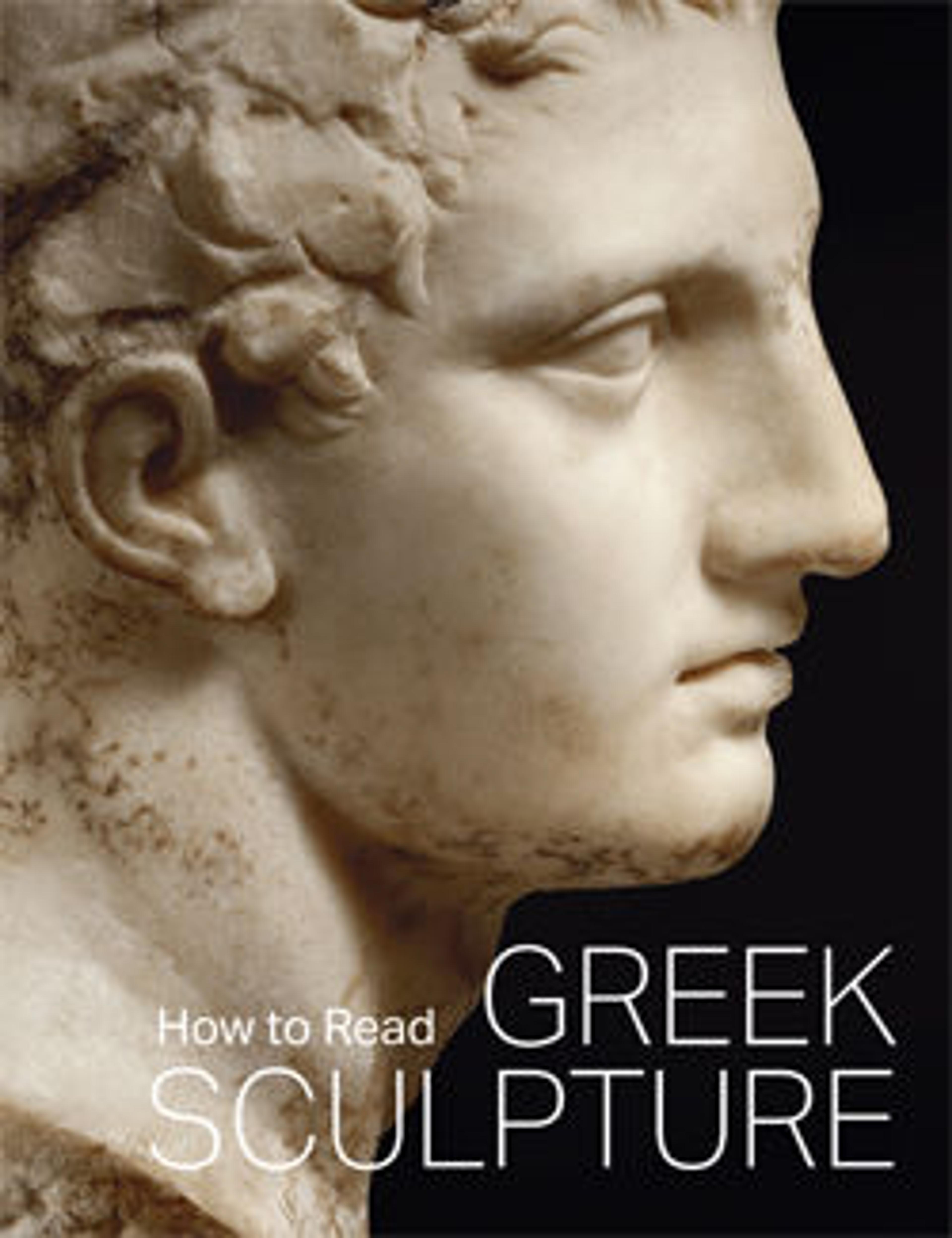English
Marble Statue Group of the Three Graces
Roman copy of a Greek work of the 2nd century B.C.
These young girls, linked in a dance-like pose, represent The Three Graces: Aglaia (Beauty), Euphrosyne (Mirth), and Thalia (Abundance). They bestow what is most pleasurable and beneficent in nature and society: fertility and growth, beauty in the arts, harmonious reciprocity between men. They enjoyed venerable cults in Greece and Asia Minor. In mythology, they play an attendant role, gracing festivals and organizing dances. Their closest connection is with Aphrodite, whom they serve as handmaidens.
This carefully calculated, frieze-like composition is typical of classicizing art of the second and first centuries B.C. Instantly recognizable, it soon became the canonic formula for representing the Graces, who appeared in every medium and on every kind of object, from mirrors to sarcophagi.
These young girls, linked in a dance-like pose, represent The Three Graces: Aglaia (Beauty), Euphrosyne (Mirth), and Thalia (Abundance). They bestow what is most pleasurable and beneficent in nature and society: fertility and growth, beauty in the arts, harmonious reciprocity between men. They enjoyed venerable cults in Greece and Asia Minor. In mythology, they play an attendant role, gracing festivals and organizing dances. Their closest connection is with Aphrodite, whom they serve as handmaidens.
This carefully calculated, frieze-like composition is typical of classicizing art of the second and first centuries B.C. Instantly recognizable, it soon became the canonic formula for representing the Graces, who appeared in every medium and on every kind of object, from mirrors to sarcophagi.
Artwork Details
- Title: Marble Statue Group of the Three Graces
- Period: Imperial
- Date: 2nd century CE
- Culture: Roman
- Medium: Marble
- Dimensions: Overall: 48 7/16 x 39 3/8in. (123 x 100cm)
- Classification: Stone Sculpture
- Credit Line: Purchase, Philodoroi, Lila Acheson Wallace, Mary and Michael Jaharis, Annette and Oscar de la Renta, Leon Levy Foundation, The Robert A. and Renée E. Belfer Family Foundation, Mr. and Mrs. John A. Moran, Jeannette and Jonathan Rosen, Malcolm Hewitt Wiener Foundation and Nicholas S. Zoullas Gifts, 2010
- Object Number: 2010.260
- Curatorial Department: Greek and Roman Art
More Artwork
Research Resources
The Met provides unparalleled resources for research and welcomes an international community of students and scholars. The Met's Open Access API is where creators and researchers can connect to the The Met collection. Open Access data and public domain images are available for unrestricted commercial and noncommercial use without permission or fee.
To request images under copyright and other restrictions, please use this Image Request form.
Feedback
We continue to research and examine historical and cultural context for objects in The Met collection. If you have comments or questions about this object record, please contact us using the form below. The Museum looks forward to receiving your comments.
